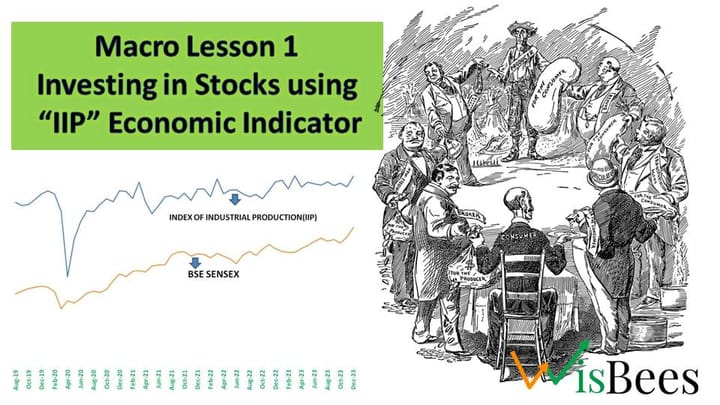A Gap-up Intraday Trading Strategy

Warren Buffett is known for his contrarian approach to investing. In a dialogue, he once explained his strategy by saying, "Be fearful when others are greedy and be greedy when others are fearful."
Today in this article, we will discuss such a contrarian strategy but applied to trading instead of investing.
The short term or intraday trading is generally executed in two ways. 1) a Trend-following approach and 2) a Contrarian Approach.
A trend-following approach is one where we follow the more significant trend of the market to enter and exit the trade. Suppose the market is in a bullish trend or the prices are rising then the profits which you will be making are by entering into trades i.e. going long (or buying) in the stocks and exiting at a higher price.
The Contrarian approach is one in which we take trades against the trend of the overall market. This is basically done when the prices reach their peak they tend to revert back to the original position or may revert back to the nearest support level.
How to trade using Contrarian Approach
This gap-up or gap-down trading strategy is a contrarian approach that involves taking trades against the trend of the overall market. This is done when there is a significant overnight news or event that causes prices to rise or fall sharply in the opening minutes of the market, resulting in high volatility.
The strategy capitalizes on the tendency of the market to move in an expansionary or contractionary manner. In an expansionary phase, prices can move significantly in either direction, often resulting in gaps or long price movements due to high volatility, while in a contractionary phase, prices tend to move slowly and remain within a small range.
A minimum risk-reward ratio of 1:2 should be followed when using this strategy, which is particularly effective for short-selling. The trading approach is based on two theories.
- Expansion or increasing or decreasing of the prices in the first few minutes.
- And the prices revert back to their initial position(mean reversion).
Things to remember while using the Gap-up strategy
- It is an intraday strategy.
- The time frame should be 15 mins to capture the volatility during the initial time of the market.
- This is a short-selling strategy because the prices fall faster and rise slower.
How to take Entry and Exit?
Entry:-
To implement this strategy, the first candle formed should either have a gap or be a long candle that breaks out of its previous zone. The low of the first candle formed between 9:15 and 9:30 am must be greater than the high of the previous day. If this is not the case, the second candle should have a low higher than the previous day's high. If neither of these criteria is met, then do not enter the trade.
The third candle will provide the target and stop loss (SL) levels. The target should be twice the size of the candle (measured from high to low), and the SL should be set equal to the same size.
The fourth candle is the entry candle.
Exit:-
As this is an intraday strategy, it is important to close the trade by the end of the trading day at 3:15 PM. This means that the trade will either hit the predetermined target or stop loss, or you will need to manually exit the trade, regardless of whether it has resulted in a profit or loss.
It is important to note that this strategy is intended for use in the cash market, and it is recommended to avoid stocks that have circuit limits, as it may be difficult to exit the trade at the desired price.
Example
On November 9th, 2022, we applied the strategy to Infosys. As previously discussed, the first candle had a gap opening with a close above the previous day's close, and the second candle had a low above the previous day’s close, satisfying both criteria for a trade entry.
Based on the given information, we entered the trade on Infosys on November 9th, 2022, using the strategy outlined earlier. Our entry point was the fourth candle, and we placed our stop-loss at the highest point of all three candles. Our target was set to be twice the risk we took with our stop-loss. As a result of this strategy, we were able to generate a significant return by the end of the trading day.
Remember that setting a stop-loss is an essential part of any trading strategy. Once it is triggered, it is crucial to exit the trade without hesitation.

Article Resources
Learnapp lecture by Dhawani Patel
Trading view.com
| Broker | Type | Offerings | Invest |
|---|---|---|---|
 |
Discount Broker | Mutual Funds, Stocks, IPOs, Bonds | Know more |
 |
Discount Broker | Mutual Funds, Stocks, IPOs, Bonds | Know more |
 |
Discount Broker | Mutual Funds, Stocks, IPOs, Bonds | Know more |
 |
Service Broker | Mutual Funds, Stocks, IPOs, Bonds | Know more |



